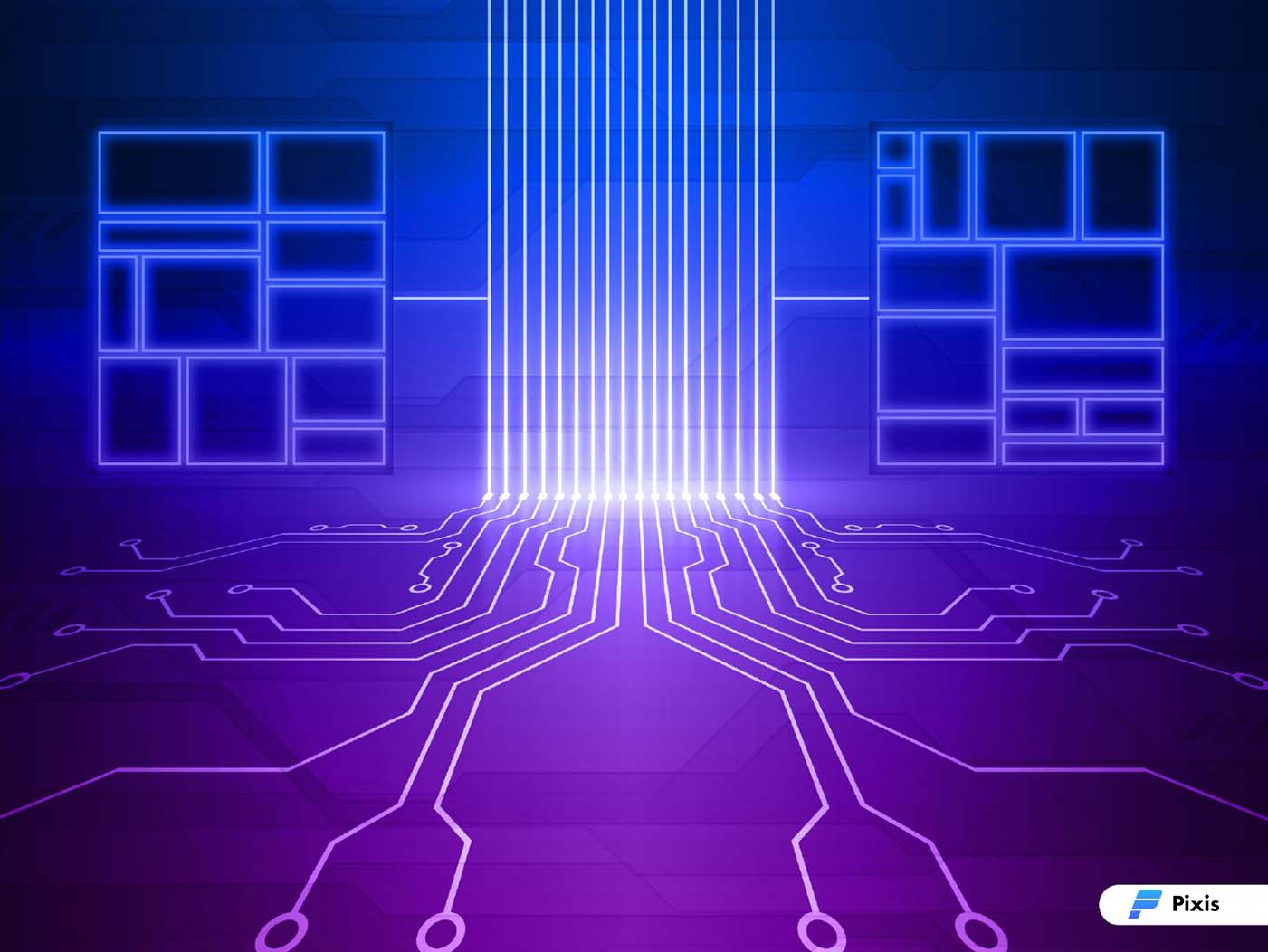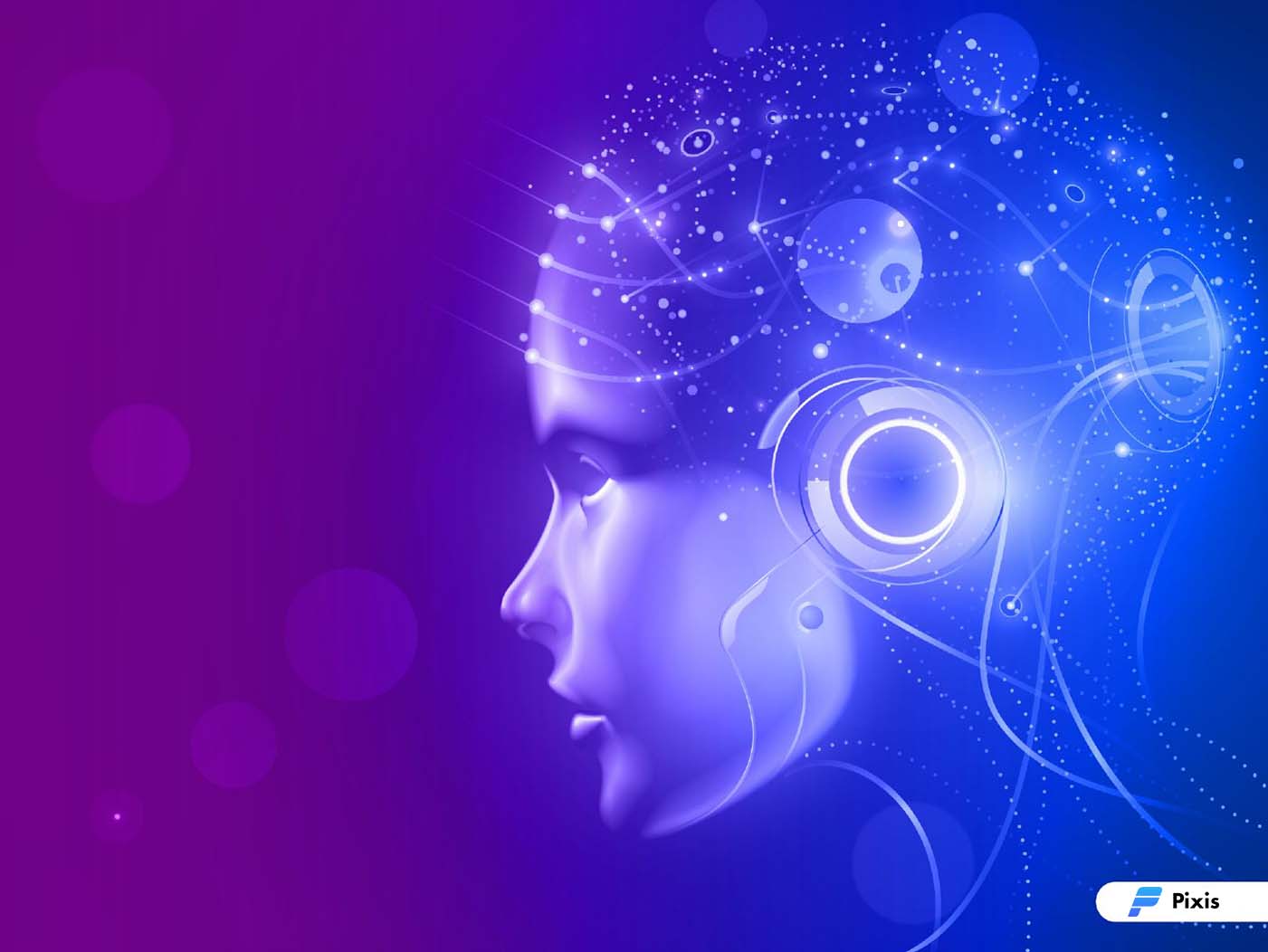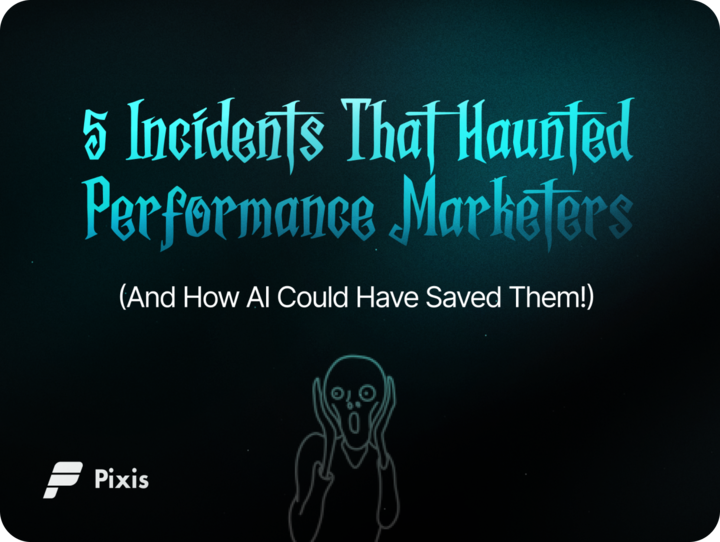How AI Augments Human-led Creativity in Marketing
Alrighty, folks – we have got some stats about creatives!
65% of the people don’t even read your ad copy at first glance, they just look at the creative. If the creative doesn’t pique their interest, they just scroll past it. Not us, research by Instagram business.
Okay. That means designers have less than a second to grab consumers’ attention. But thanks to the human brain – an average person can process an image in less than 13 milliseconds.
A right creative that resonates with the people has higher chances of getting clicks. Designers often find a hard time creating those perfect creatives, simply because they aren’t asked just to be creative.
They are asked to be super productive as well.
High creativity and high volumes of production don’t go well together. That’s like asking Picasso to slay masterpieces back to back in a 9-5 job, in a suit.
Okay, the suit part was too much. But you get it – most designers often have a hard time churning out quality creatives amid tight deadlines, lack of data, or limited resources.
This is one of the reasons why brands repeatedly use the same creatives for different campaigns, which only drops ad reach and effectiveness further down.
There are three factors that bottleneck the creativity of designers when it comes to ad creatives.
The first one is the lack of context. An ad creative that has given astounding CTRs in one campaign for a specific cohort could turn out irrelevant for people in another campaign. People’s choices, preferences, and motivations change really quickly. To tap into the creatives that can not just drive attention, but generate leads, the guesswork-based approach is probably not your best bet.
Creative teams need a data-backed approach to handle the dynamic shift in creative trends across campaigns.
That brings us to the second problem – scalability.
Finding out the right cues that can lead to a perfect creative solution for one cohort might be easy. But imagine finding, designing, and updating creatives for thousands of campaigns – absolute madness!
If with a magic potion somehow, creative teams do overcome these two challenges, there’s a third one waiting in the room with a wider grin – execution.
Ah! Such a simple word for something that is supremely unorganized and labyrinthine. Coming up with an idea is one thing. Executing it is a whole different ball game. It is here that creative minds get stuck with all the desk work such as – resize, organize, search, and doing other things that occupy most of their time and efforts.
It’s like having a rockstar fixing up the whole mic system in a concert. No, that’s not what they do. Creators should be allowed to come up with path-breaking ideas and leave all the trifling file work to the machines.
A Solution that is Data-backed & Scalable
AI can be of monumental help in solving creative challenges. It can monitor live campaign performances and corresponding creatives that are performing well. These creative recommendations are data backed, rather than guesswork – which means they are customer approved. Success mantra – right there!

The good part- these creative features can be found out for thousands of cohorts – scalability check. This means AI can not only find the right creatives for every cohort but generate the outlines of those creatives that can further be improved by designers. In the framework of this collaboration of human intelligence and artificial intelligence, designers can work in the most efficient way by churning out pathbreaking creative ideas.
Read how Creative AI – an AI-led engine, can drastically transform the way, creative teams work – For good.
Watson to those designer Sherlocks
A bad screenplay can ruin a great movie plot. A great creative idea if not executed well at a scale could prove an underperforming factor in an ad set. AI enables effortless execution with unprecedented accuracy for creative teams to collaborate and communicate easily.
As undermining as it may sound. This actually helps immensely after the creators spot an idea and want to customize it based on several cohort-specific design features. The AI recommends the foremost design changes based on cohorts – that only keeps getting better and sharper with the completion of each campaign cycle.
We call this Execution Efficiency.
There are 2 major components that enable this execution efficiency:
Intelligent Designer
Let’s talk numbers. Let’s say a brand has about 1000 audience cohorts with each cohort having at least 15 identified behavior types. This further requires 10 campaigns dimensions for each creative. That means the brand will have to generate 15000 unique creatives with 150,000 resizes.
By the way, all of this needs to be delivered well within time to ensure that the marketers effectively leverage the market trend – which honestly could last for a very short while. But can prove to be extremely rewarding if caught early and exploited.

Human teams would take about 37,500 hours to resize, organize, and place the creatives for different ads. That’s 4.6 years.
AI intelligently resizes every creative into every dimension according to the campaign requirements in seconds. We’ll leave it at that.
Smart Storage
According to Brandfolder’s 2020 report, 51% of marketers waste money producing or recreating assets that go unused merely because of inefficient creative storage.
Most of the time the creatives that don’t see the light of the day often get shelved somewhere between folder names starting with ‘new 001’ and ‘final 012’.
We all know how many times we go back to these faceless folders.
Not even once.
Creatives that were once ‘masterpieces’ often get lost in an unorganized abyss. Creators then either spend enormous amounts of time searching for them or worse – start creating it over. AI can fix this inefficiency by helping the marketer in maintaining a storage repository of all their marketing efforts.
AI can rank content based on its performance and tag similar content together by analyzing the objects in the creative image or video. This smart organizer also comes with sophisticated search capabilities – thanks to AI-led computer vision. Now marketers can revisit the creatives of the past best-performing campaigns without having to waste time.
What does all of this mean?
There are different aspects of creativity. And not all of them require human creativity. Some of them are just carrying out the same job again and again. Some of them require a high level of organization and storage. And the creme-de-creme part requires that humane touch.

Creators augmented with AI can work smarter by doing the things that require their time and effort and leave everything else to AI. This increases their efficiency and enables their path-breaking ideas to reach the right people.
The perfect blend for creative masterpieces
Clearly, having an assistant helps. Having an AI assistant can totally transform the way creative teams work and contribute to the overall success of the campaign. With AI enabling them to come up with data-based creative solutions, execute and organize effectively, collaborate with managers for quick feedback and approval, and more, there’s nothing stopping them from truly exploring their creative potential.
What does it bring to the table?
Lowered creative turnaround time, reduction in loss of assets and collaterals, centralized feedback and communication, organized storage of creative assets, and a creative team that is only getting better every day.
Stay tuned for our next set of blogs – which will extensively be about how AI can be used in consumer research. Shoot us a demo if you would like to see all of these in action.




